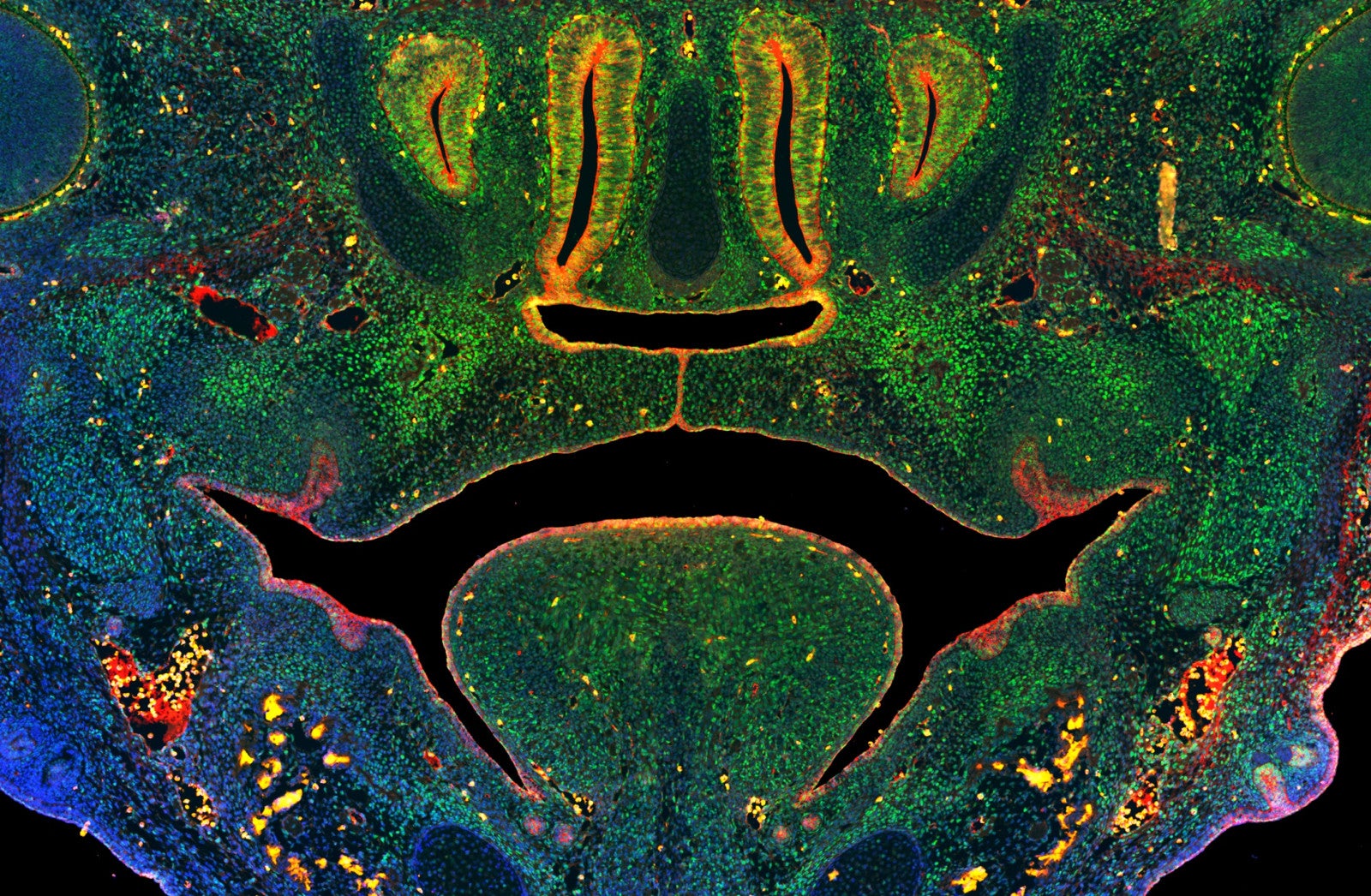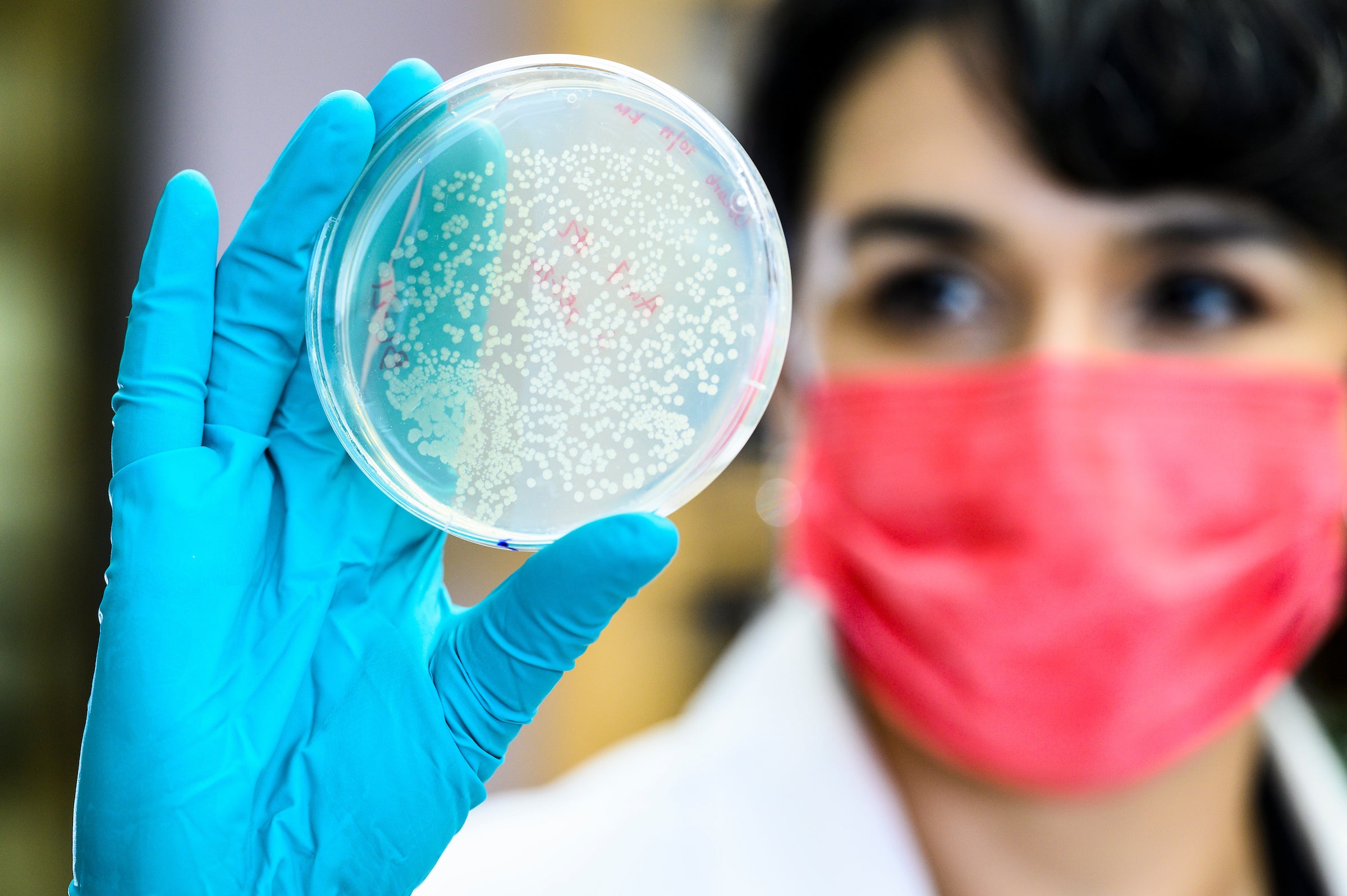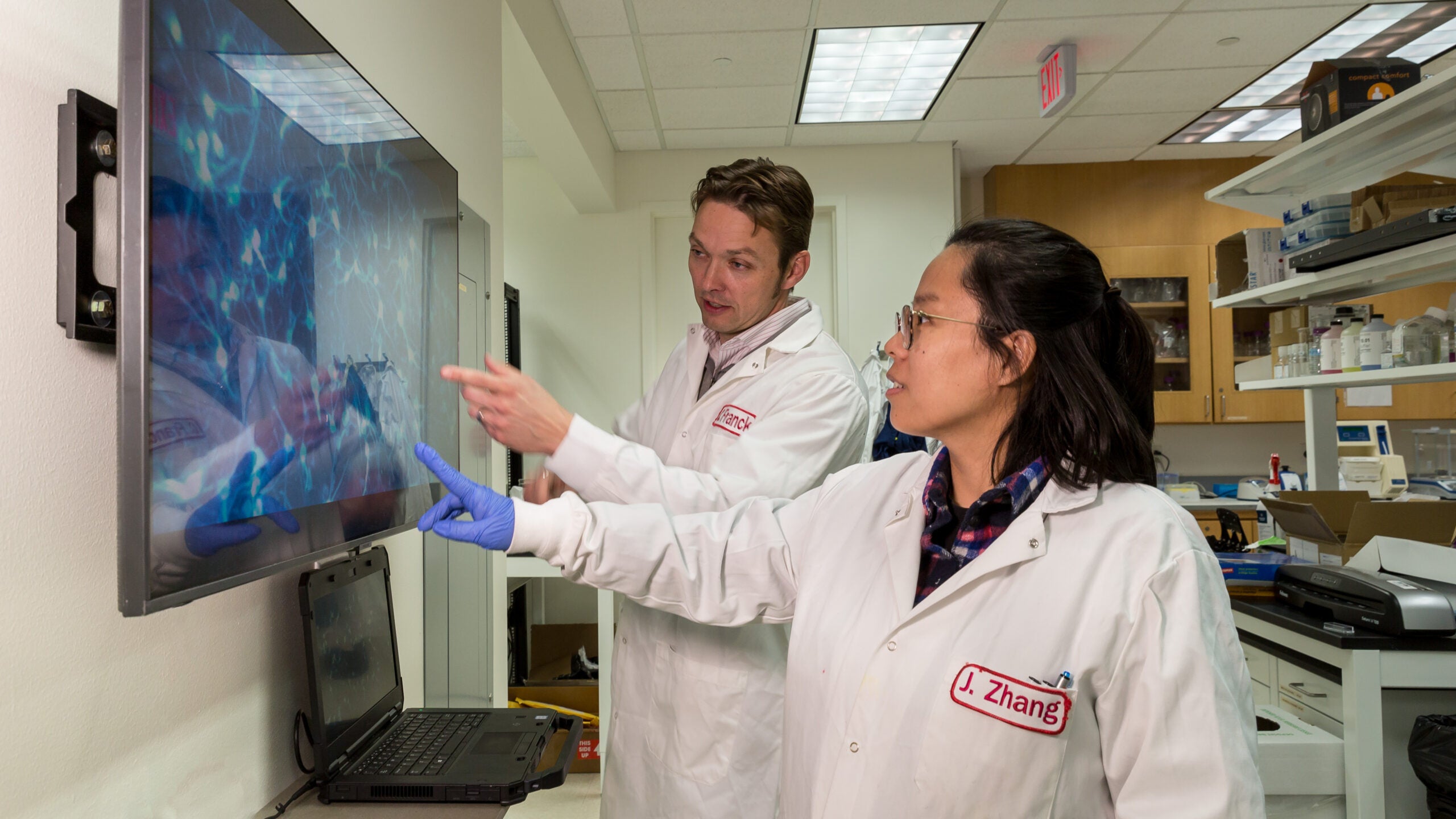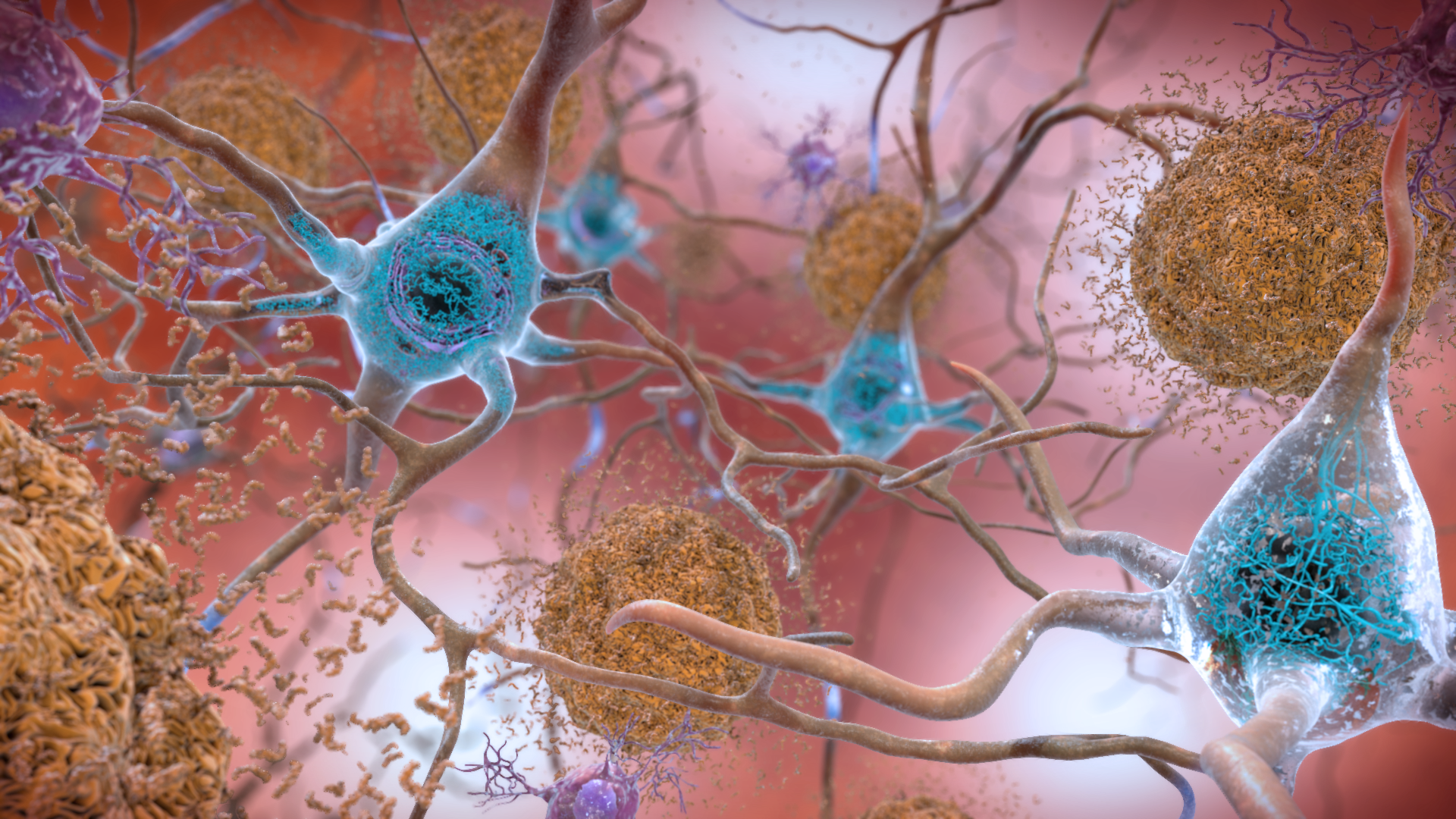Researchers at the University of Wisconsin-Madison are one step closer to understanding how and when cleft lip and palates form during pregnancy.
The discovery, recently published in the Proceedings of the National Academy of Sciences, could mitigate the risk of the birth defect that affects about 1 in every 1,700 babies born in the United States.
The findings point to the disruption of a key protein involved in DNA methylation, which is required in the development of the mouth and face. DNA methylation can change the activity of a DNA segment without changing its sequence.
Stay informed on the latest news
Sign up for WPR’s email newsletter.
Rob Lipinski, an associate professor in the School of Veterinary Medicine’s Comparative Biosciences department, explained DNA methylation as an example of nature vs. nurture.
Nature largely involves the genome — all the genetic information of an organism. But Lipinski said there’s a number of ways nurture, or environmental factors, can influence development.
“There are influences in the environment that can alter DNA methylation, and that, in turn, can alter the expression of specific genes during development and have an impact on developmental processes, including development of the upper lip and palate,” he said.
While there was speculation that DNA methylation was involved in the formation of cleft lip and palates, there wasn’t any “direct cause and effect data out there,” Lipinski said.
Knowing that piece gives researchers a foothold to figuring out what environmental factors increase the risk of cleft lip and palates — collectively known as orofacial clefts.
“There are tens of thousands of chemicals and compounds that humans are exposed to. And so one of the major challenges is where do we start?” Lipinski said.
Lipinski’s research also narrowed in on the timing of when cleft lip and palates develop.
In the lab’s mouse models, they found that inhibiting DNA methylation at around the 10th day of development resulted in clefts. Just two days later there was no effect on oral facial development. In humans, that would be about the fifth week of human development.
By pinpointing the time and process in which clefts develop, the team can now begin testing chemicals and compounds that both protect against clefts forming and increase their risk.
That phase of research has already started with funding from the National Institutes of Health and is using lab-grown cells that mimic changes happening during cleft development.
“What’s powerful about that is that, you know, mouse model experiments are very expensive and very slow. And we all always try to minimize our use of animal models when possible,” Lipinski said. “And so we can grow the cells in a dish, and we can have sort of high throughput experimentation and really rapid experimentation.”
Some promising clues so far show that folic acid and choline help boost DNA methylation. It’s already recommended that pregnant people take folic acid to decrease brain defects like spina bifida.
There are also several known environmental factors that seem to inhibit DNA methylation, Lipinski said.
“We know those categories broadly: maternal stress, exposure to certain toxins, things like that. On the toxin side … one example is cadmium chloride, which appears to inhibit DNA methylation and is also associated with orofacial clefting in both human populations, and in animal models.”
And while it can take time for research to turn into interventions in human populations, Lipinski said identifying chemicals and dietary components that increase the risk of clefts is something doctors could jump on right away.
“We can then communicate that risk to sensitive populations, to women who are pregnant or may be pregnant,” he said. “And that is, of course, the ultimate goal of our research is to contribute to the development of prevention strategies by identifying and then communicating specific risk factors.”
Wisconsin Public Radio, © Copyright 2025, Board of Regents of the University of Wisconsin System and Wisconsin Educational Communications Board.





